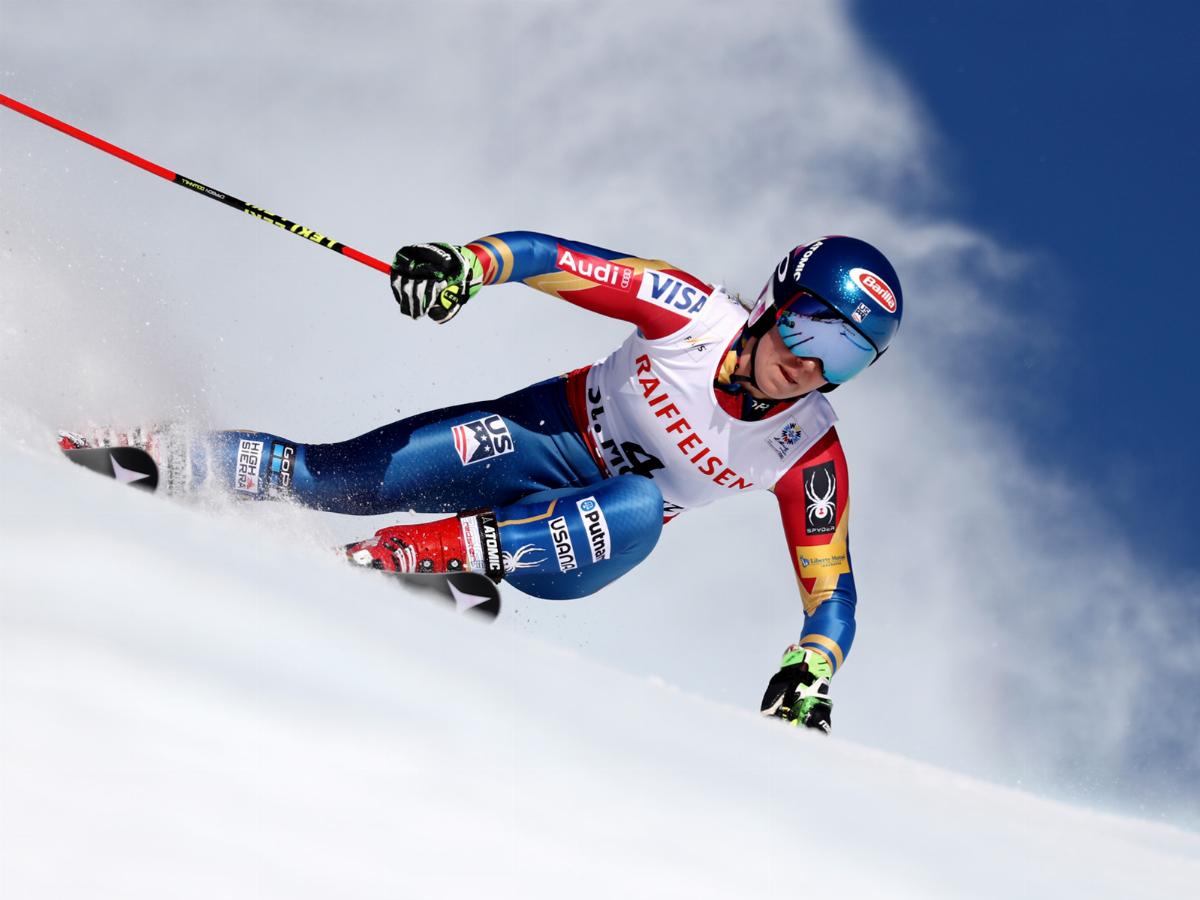
Alpine Skiing
Alpine Skiing is a competitive winter sport that involves descending snow-covered slopes on skis, typically within a marked course. Originating in the European Alps, it has become one of the most popular and widely practiced disciplines of skiing, both recreationally and professionally. The sport requires a combination of speed, technique, and control, as athletes navigate varying terrain, steep inclines, and sharp turns.
Alpine skiing consists of several racing disciplines, each with distinct characteristics. Slalom and Giant Slalom (GS) emphasize technical precision, with closely spaced gates requiring rapid and precise turns. Super-G and Downhill focus on speed, with longer courses and fewer turns, allowing skiers to reach velocities exceeding 130 km/h (80 mph). Combined events merge elements of speed and technical disciplines to test overall skiing ability.
The sport is governed by the International Ski Federation (FIS) and features prominently in global competitions, including the Winter Olympics, FIS Alpine Ski World Cup, and World Championships. Professional alpine skiers train extensively to develop agility, strength, and mental focus, as courses demand split-second decisions and flawless execution.
Alpine skiing is also a popular recreational activity in mountain resorts worldwide, supported by lift infrastructure and ski schools catering to all skill levels. Advances in ski technology, including shaped skis and improved bindings, have enhanced performance and accessibility.
Due to its high-speed nature, alpine skiing carries inherent risks, with injuries ranging from minor falls to serious accidents. Protective gear, such as helmets and back protectors, is increasingly emphasized in both competitive and recreational settings. Despite the challenges, the sport remains a thrilling and deeply ingrained aspect of winter sports culture.
Stichworte
Quellen







